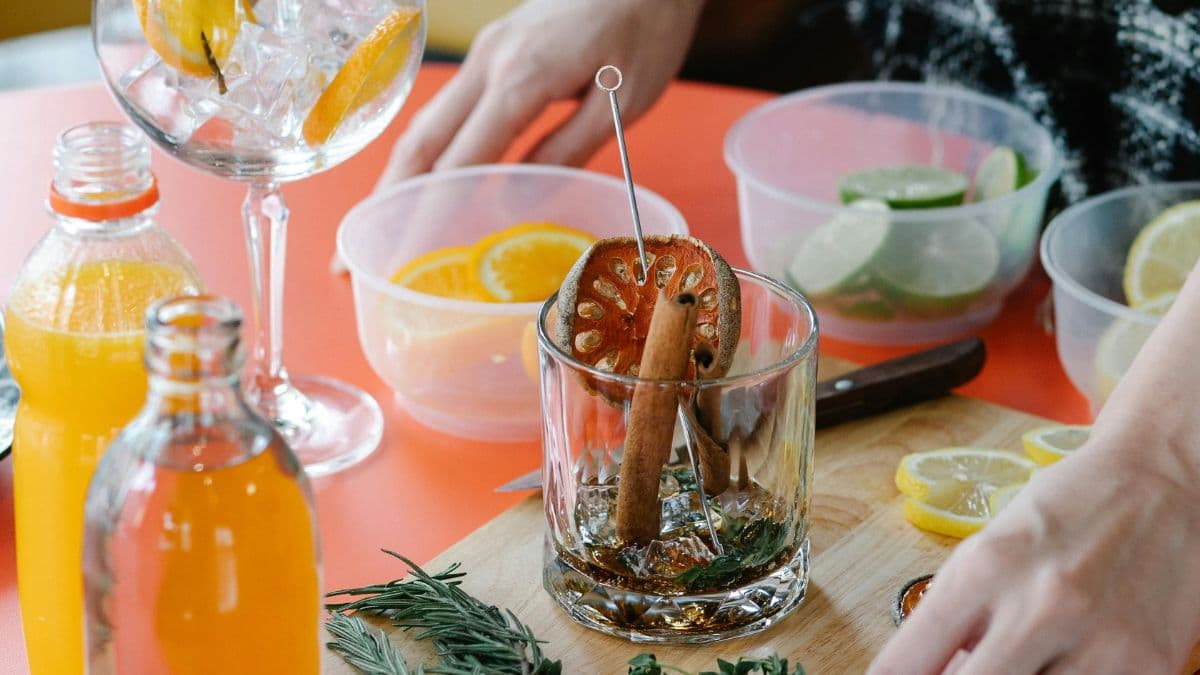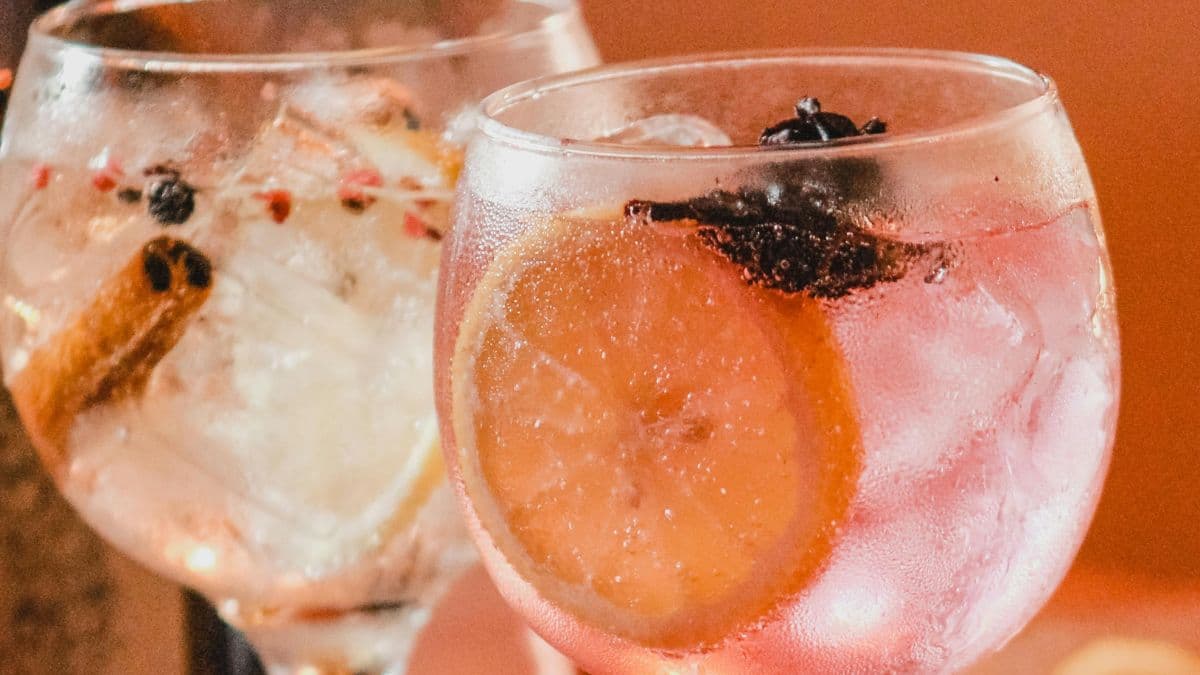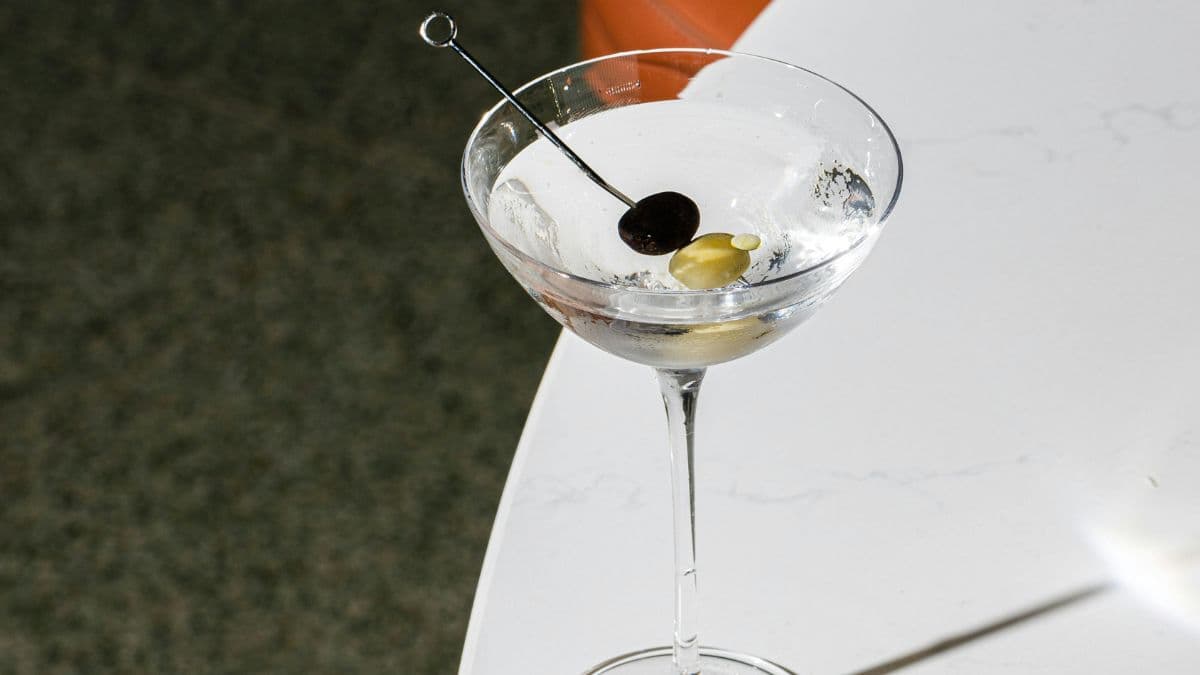Spritzers, Sours, Flips And Nogs: Demystifying Cocktail Types
Cocktail-making is an ever-evolving art form. Through time, mixologists and bartenders have come up with different kinds of blends from spritzers and sours to flips and nogs – based on the ingredients and techniques used to prepare the mixes. But how does an amateur mixologist separate a highball from a spritzer or a flip cocktail from a sour?
Here’s more on the different kinds of cocktail types, what they entail and how they are defined: a demystified primer for the mixology beginner –

What is a cocktail, technically?
Simply put, a cocktail is a mixed alcoholic drink made using a spirit base, a modifying ingredient like citruses, a syrup or vermouth and an optional garnish with the aim of balancing sweet, sour, bitter and robust flavours.
And what exactly is a cocktail type?
Well, a cocktail type is based on the structure and technique of the drink. These are cocktail categories, almost like blueprints – once the formula for mixing a particular cocktail becomes clear, endless flavour combinations can be concocted keeping to the ingredient ratios.

What are the main types of cocktails that a novice should know about?
Most cocktails fall into these broad categories:
– Sour Cocktails: These are mixes which are a blend of a spirit with a citrusy element like limes or oranges and a sweetener. Examples include whisky sour, margaritas and daiquiri.
– Highballs: Brought together with just two ingredients, highballs are a simple mix of a spirit with soda or tonic water. Gin and tonic, rum and coke, whisky ginger are among some popular highballs.
– Fizzes And Collinses: A mix of spirits with citruses, sweeteners and sodas, fizzes are light and bubbly and thoroughly brunch-friendly. Illustrations include gin fizz and tom collins.
– Tiki Or Tropical Cocktails: These are drinks which bring together rum with fruity syrups and juices. Tropical drinks include fruit-forward concoctions like mai tais and piña coladas.
– Spirit-forward Cocktails: Meant to emphasise the base spirit, they contain very little mixers and the focus is more on dilution. Some examples include negronis and old fashioned – sophisticated drinks meant for slow-sipping.

What are the simple golden ratios that have to be followed while blending basic cocktails like spritzers, highballs and collinses?
Here’s how to proportion ingredients for these cocktails:
– Spritzers: Follow the 3:2:1 formula, that is, 3 parts sparkling wine, 2 parts bitter aperitif and one part soda water.
– Highballs: Mix this using the 1:3 ratio, that is, 1 part spirit to about 3 parts of soda water or any other carbonated mixer.
– Collinses: Use the 2:1:1 formula, that is, 2 parts spirit to 1 part citrus to 1 part syrup that is topped off with soda water, as required.
Also Read: Korean Bar Snacks: From Soju To Spritzers, 5 Dishes That Pair Perfectly With Any Drink
So, what is a flip cocktail then?
A perfectly sound doubt, a flip cocktail is another kind of blend which involves the addition of a whole egg to the drink. Known for its creamy, velvety texture that comes after giving it a dry shake followed by a shake with ice, it is made using a spirit, sugar and sometimes spices. A silky, dessert drink, rum flip or brandy flip are among the common examples of this blend.

And what’s the difference between a flip and a nog?
Nog can be called the distant cousin of a flip and includes milk or cream along with egg yolk. Sugar and a spirit are staple additions to the nog. A nog is often served during the holidays or the festive season, and some of its variations include eggnog or spiced bourbon nog.
What’s the difference between a shaken and a stirred cocktail?
Shaken: Cocktails are shaken when citrus, dairy or eggs are involved. Shaking aerates and dilutes drinks, giving them a frothy finish.
Stirred: Clear, spirit-forward drinks are generally stirred. This process chills drinks without clouding or over-diluting them.

Of these types, which cocktails are good for novice mixologists to try at home?
A novice can begin with straightforward sour or highball blends like a whisky sour or a gin and tonic, which require minimal equipment and simple ingredients.
Drink Responsibly. This communication is for audiences above the age of 25.




